Just because you’ve had a botox injection doesn’t mean you have to put your regular workout routine on hold. Some exercises can help your muscles recover after getting Botox. However, there are some things you need to keep in mind when planning post-injection workouts. Here are our dos and don’ts for working out after getting Botox.
Can You Exercise After Botox?
After receiving a Botox treatment, medical specialists do not advise engaging in strenuous exercise. This is because botox injections take some time to become effective. Therefore, any extra blood flow or strenuous exercise may cause Botox to disperse.
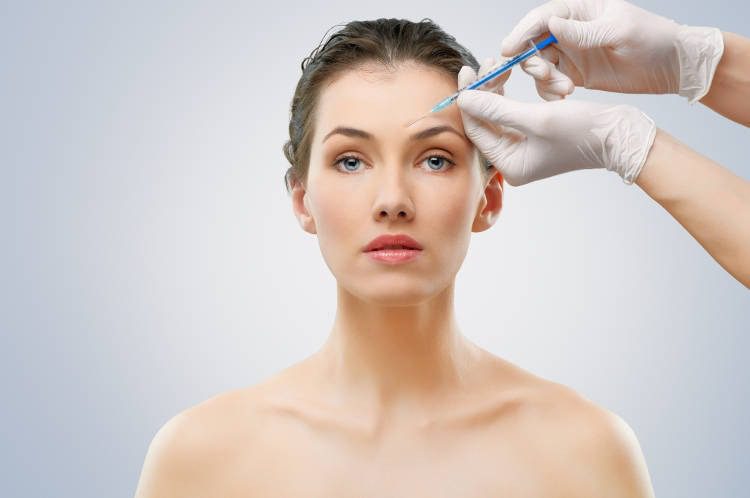
Do Wait at Least 24 Hours Before Exercise
This waiting period allows the botox to settle into your muscles. However, if you exercise too soon, there’s a chance that the botox could spread to other muscles that you don’t want to be frozen. For example, if you workout your arms the day after getting botox on your forehead, there is a small chance that the botox could travel down to your arms, resulting in frozen muscles that you didn’t intend to treat. So it’s important to be patient and wait at least 24 hours before returning to exercise.
Don’t Use High-Intensity Interval Training (HIIT)Workouts
HIIT workouts are characterized by short bursts of intense activity followed by shorter rest periods. This type of workout is not ideal after getting botox because it can cause excessive sweating. When you sweat, there is a slight chance that the botox could spread to other muscles, as we mentioned before. Therefore, if you must do a HIIT workout, wait at least two weeks after getting botox injections.
Do Lighter Exercises Such as Yoga or Pilates
These forms of exercise are ideal after getting a botox treatment because they don’t require strenuous movements that could cause excessive sweating. Instead, these exercises focus on slow and controlled movements, which won’t put any unnecessary stress on your recently treated muscles.
Don’t Exercise Outdoors in Hot Weather
We all know how unbearable hot weather can be, especially when you have to be outside for long periods. If it’s hot outside, there is an increased chance that you will sweat, which, as we discussed, can cause the botox to spread to other muscles. Therefore, if you must exercise outdoors, do so in cooler weather or shade to minimize the risk of sweating excessively.
What Exercises Can You Do After Getting Botox?
- Walking
- Gardening
- Facial Exercises
- Upright Yoga, Pilates, or Light Stretching

What Exercises to Avoid After Botox?
- Running
- Aerobics
- Swimming
- Exercises on the Floor
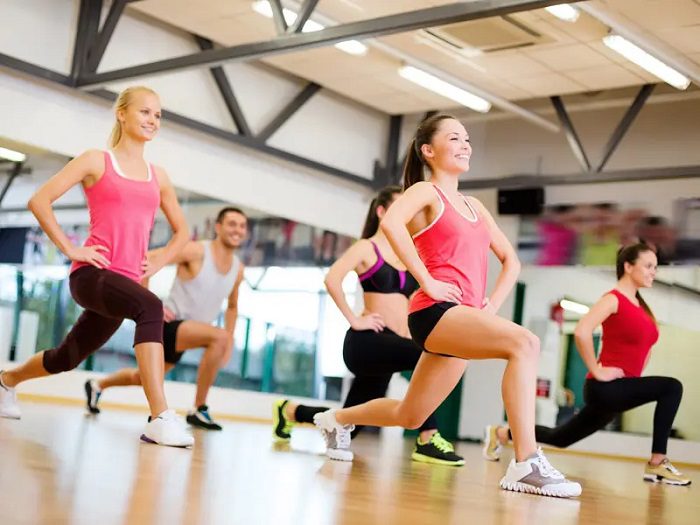
Other Things You Shouldn’t Do After Getting Botox Injections
These are the things you should avoid in addition to avoiding touching your face:
- Laying down
- Leaning over
- Drinking alcohol
- Facial exercises
- Drinking too much coffee
- Applying pressure
- Having a hot bath or shower
- Using any analgesics that thin the bloo, or increase blood flow
- The process of waxing, threading, or tweezing your eyebrows
- Using tretinoin (Retin-A) products while putting cosmetics
- Flying, having a spray tan
- Sleeping with your face on the first night
- Getting a facial or other facial treatment done for the first two weeks
- Applying pressure while removing makeup, scrubbing your face, and wearing a shower cap.
- Exposure to saunas, sunlamps, tanning beds, other severe heat sources, or very low temperatures.
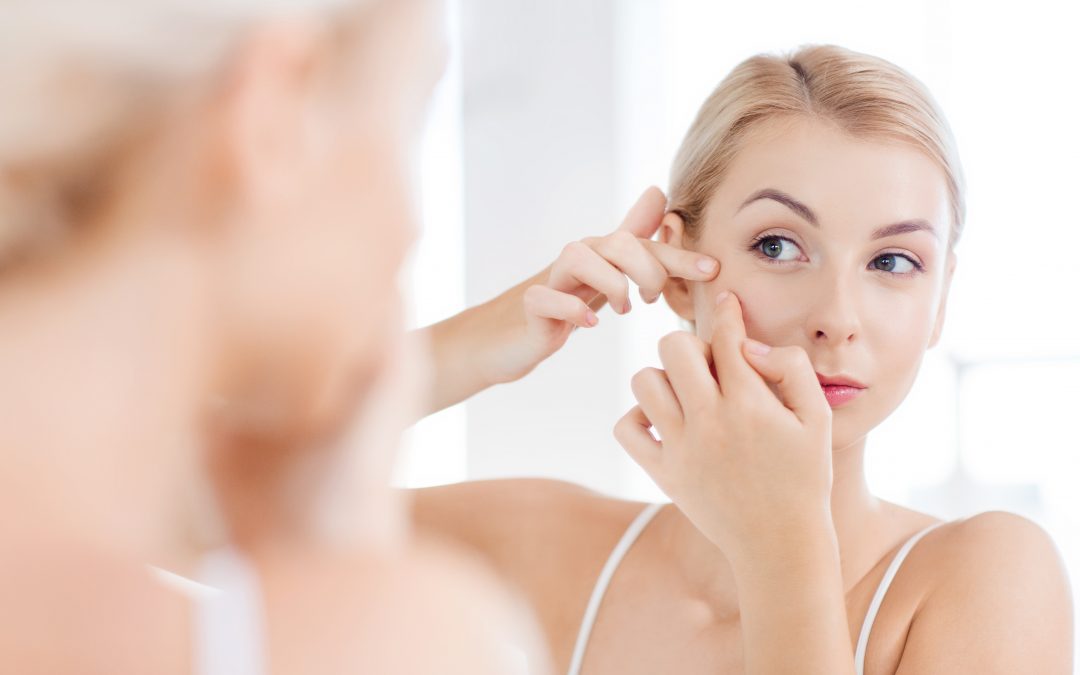
Will Exercising After Botox Affect the Results?
Heavy exercise is not advised after Botox for the following three primary reasons:
It increases blood circulation.
Extreme heart rate is a result of strenuous physical activity. Your cardiovascular system will benefit from that, but your Botox may not. Botox may diffuse from the site of injection due to increased blood flow. It may, therefore, momentarily immobilize nearby muscles. In addition, the injection site may bruise and swell due to increased blood flow.
It exerts pressure on the injection site.
Your doctor will advise you not to touch your face or head for at least the first four hours after receiving Botox. Any further pressure might force the Botox to move from the injection site. Additionally, it is advised that you refrain from touching your face, since the region may still be delicate and prone to irritation.
If you often clean your face after working out, you can be pressing pressure on your face unknowingly. Specific sports, like cycling or swimming, also call for using head or face gear that puts pressure on the usual injection sites.
Too much movement is needed.
It’s crucial to avoid making too many modifications to your head posture after receiving Botox. Additionally, doing so can cause Botox to move. This often happens even with low-impact workouts like yoga or Pilates, which means you might end up with less-than-ideal outcomes. Exercise-related facial strain is another issue.
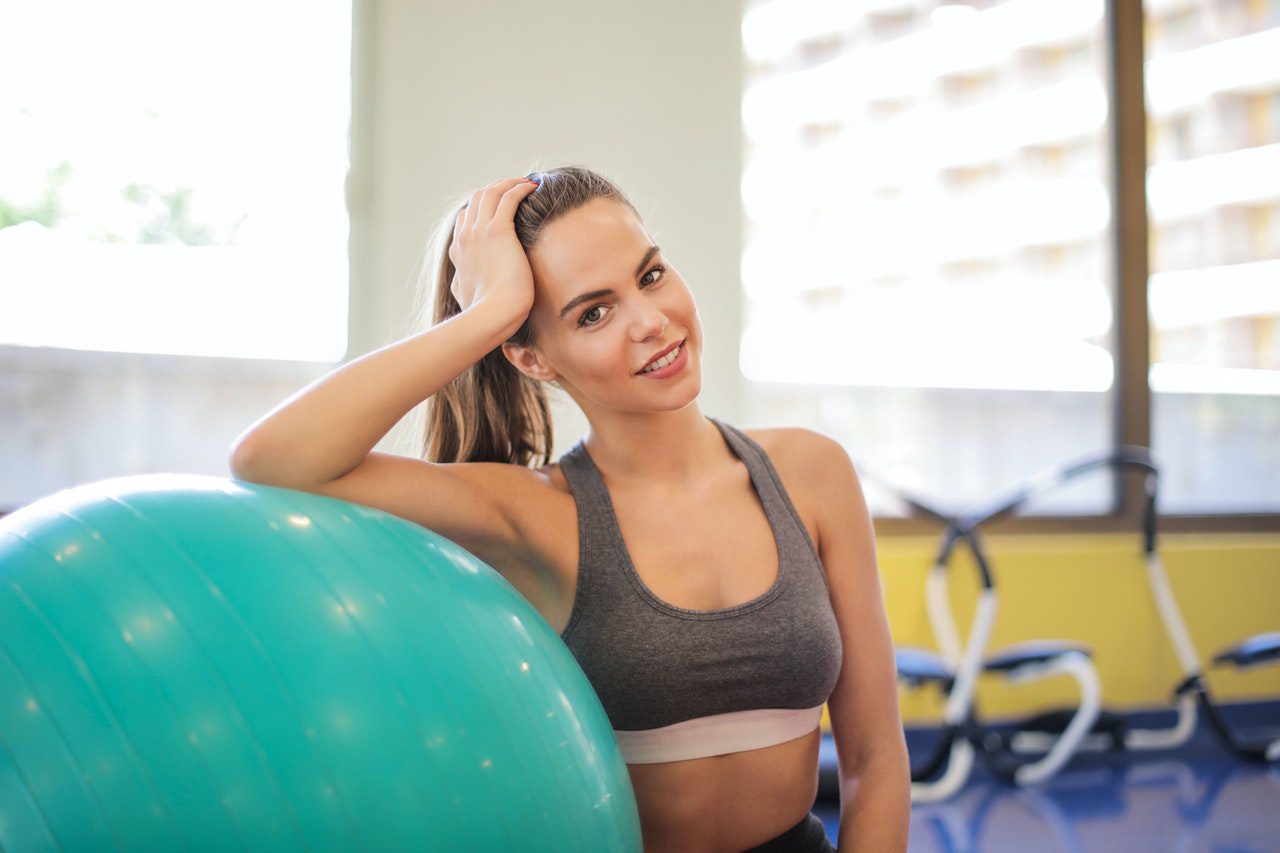
How Long Should You Wait to Exercise After Receiving Botox Injections?
How Botox Works
Botulinum toxin—the active ingredient in botox—works by temporarily paralyzing the muscles in your face. This paralysis reduces the appearance of wrinkles and fine lines by preventing the muscles from contracting. Botox injections are most commonly used to treat crow’s feet, forehead wrinkles, and “11” lines between the eyebrows.
However, because botulinum toxin works by paralyzing muscles, it’s important to be careful when exercising after receiving botox injections. If you work out too soon after getting botox, you risk weakening or even dispersing the injections before they have a chance to take effect. In short, working out too soon after getting botox can negate the results of the injectables altogether.
So, How Long Should You Wait to Exercise After Botox?
The general rule of thumb is to wait at least 24 hours after receiving botox injections before working out. This gives the botulinum toxin time to settle into your muscles and start working its magic. However, it’s also worth noting that botox typically takes 2-7 days to take full effect, so you may not see the full results of your injections immediately.
If you cannot wait 24 hours to exercise after getting botox, try to avoid activities requiring extensive movement of your facial muscles. Cardio workouts like running or cycling are generally safe, but moves like weightlifting or yoga—which require repetitive motions or expressions—should be avoided for at least 24 hours after receiving botox injections.
Working out is essential to a healthy lifestyle, but giving your face time to recover after getting botox injections is crucial. By waiting at least 24 hours before hitting the gym, you’ll ensure that your botox treatments are effective and that you get the most bang for your buck.
Dangers of Exercising After Botox Injections
Some inherent dangers come along with exercising after getting botox injections.
- First and foremost, you risk spreading the toxin to other parts of your body.
- Secondly, you may cause the toxin to migrate to other areas, leading to potentially dangerous consequences such as drooping eyelids or difficulty swallowing.
- Finally, there is also the possibility of developing an infection at the injection site. If you experience any of these side effects, it is essential to seek medical attention immediately.
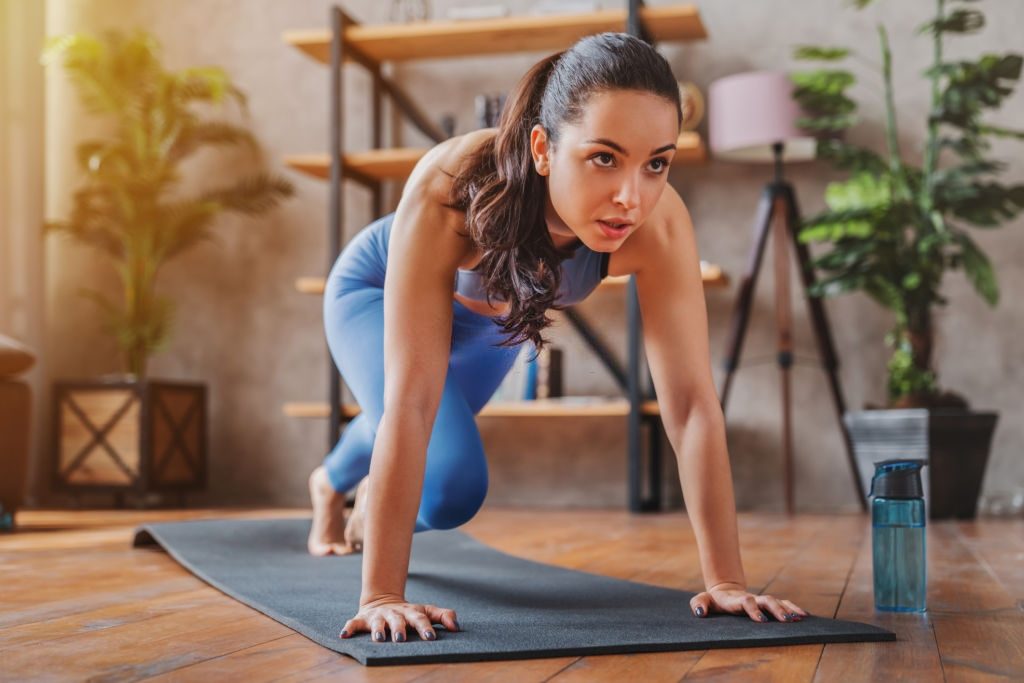
When Should You Call The Doctor?
Not everyone who exercises after getting botox will experience these side effects. But it’s important to be aware of the risks before you hit the gym. So what are some warning signs you should see a doctor after getting botox? Here are five of them:
- Difficulty speaking or swallowing immediately after exercising: If you start having difficulty speaking or swallowing soon after working out, it could be a sign that the toxins in botox are spreading beyond the injection site. This is a medical emergency; call 911 or go to the nearest emergency room immediately.
- Difficulty breathing: If you start having difficulty breathing during or after exercise, again, this could be a sign that the toxins in botox are spreading. This is also a medical emergency; call 911 or go to the nearest emergency room immediately.
- Muscle weakness: If you start experiencing muscle weakness during or after exercise, this could be a sign that botulism is developing. Botulism is a severe illness caused by exposure to botulinum toxin; if left untreated, it can be fatal. So if you experience muscle weakness after getting botox, see a doctor immediately; they’ll likely give you an antitoxin that can help prevent further muscle damage and potentially save your life.
- Paralysis: If you start experiencing paralysis during or after exercise—especially if it affects your chest or abdominal muscles—this could be a sign of myocardial infarction (heart attack). Again, this is a medical emergency; call 911 or go to the nearest emergency room immediately.
- Numbness: If you start feeling numb during or after exercise—mainly if it affects your face—this could be a sign of developing botulism. The toxin is beginning to affect your nervous system. See a doctor immediately; they may give you an antitoxin that can help prevent further nerve damage and potentially save your life.
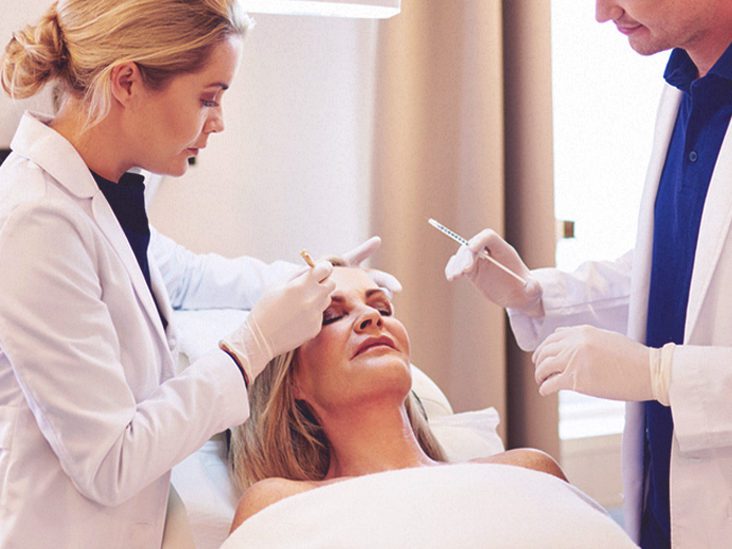
Final Thoughts
Overall, it’s important to be careful when exercising after receiving botox injections. The general rule of thumb is to wait at least 24 hours after receiving botox injections before working out. This gives the botulinum toxin time to settle into your muscles and start working its magic. Additionally, avoid activities that require extensive movement of your facial muscles, such as weightlifting or yoga. Following these simple guidelines will ensure that your botox treatments are effective and keep you safe.
Frequently Asked Questions (FAQs)
Can I exercise 5 hours after Botox?
Ideally, you should wait 24 hours after receiving botox injections before working out. However, if you cannot wait that long, try to avoid activities requiring extensive movement of your facial muscles or elevating your heart rate.
What happens if you exercise after Botox?
After receiving a Botox treatment, engaging in vigorous activity might impair its efficacy and provide less than optimal outcomes. The treatment area is under pressure while you exercise.
Can I lift weights after botox?
It's best to wait 24 hours after receiving botox injections before engaging in activities that require repetitive motions or expressions, such as weightlifting or yoga. This gives the botulinum toxin time to settle into your facial muscles and start working its magic. Additionally, avoid laying down or leaning over for at least four hours after receiving botox injections.
Can you walk after botox?
Yes, you can walk after botox. Exercise is encouraged after receiving a botox treatment as it can help your muscles recover. However, there are some things you need to keep in mind when planning post-cosmetic injectables workouts. Avoid vigorous exercise that requires extensive movement of your facial muscles, such as weightlifting or yoga.




